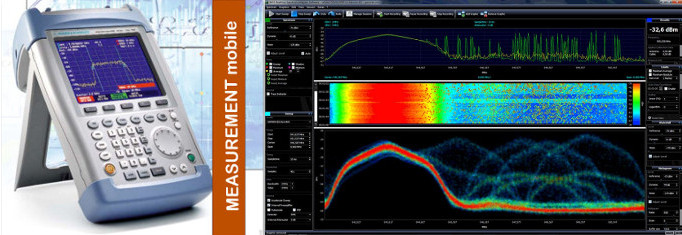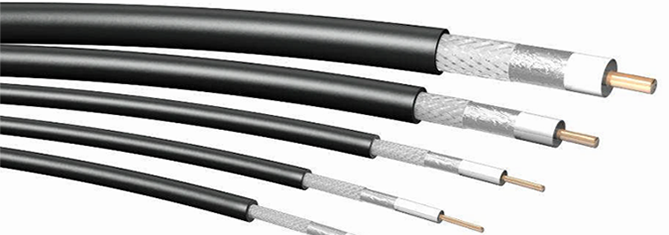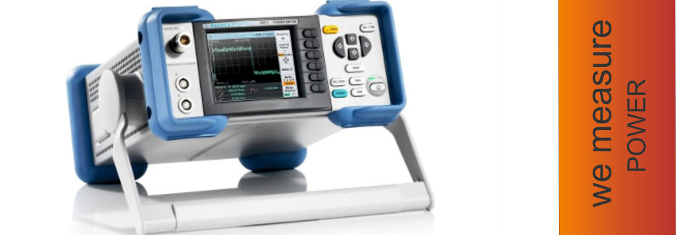
Certainly! Using dual-polarized antennas in constructing WiFi networks makes sense and can offer several benefits. Dual-polarized antennas are capable of receiving and transmitting signals in two different polarizations (usually vertical and horizontal) simultaneously. Here are some advantages of using them:
1. **Increased Bandwidth**: By utilizing two polarizations, the bandwidth of the link can be doubled, as the system can transmit and receive data in both polarizations simultaneously.
2. **Improved Interference Resistance**: Different polarizations can be less susceptible to interference from other signal sources, which can enhance the connection quality and reduce the error rate in the transmitted data.
3. **Enhanced Redundancy**: If there are issues with one polarization, the other can continue to transmit data, increasing the link's reliability.
4. **Optimized Space Utilization**: Dual-polarized antennas can make better use of space, as one antenna can do what would otherwise require two single-polarization antennas.
5. **Improved Performance in Multipath Environments**: In environments where the signal can reflect off various surfaces (such as urban canyons or office buildings), two polarizations can help better differentiate signals and reduce interference.
Using dual-polarized antennas is particularly beneficial in applications requiring high bandwidth or in environments with interference, as well as where resilience to various propagation conditions is important. Of course, as with any scenario, it's crucial to accurately assess the specific requirements and conditions of the installation site to choose the most appropriate technical solution.







